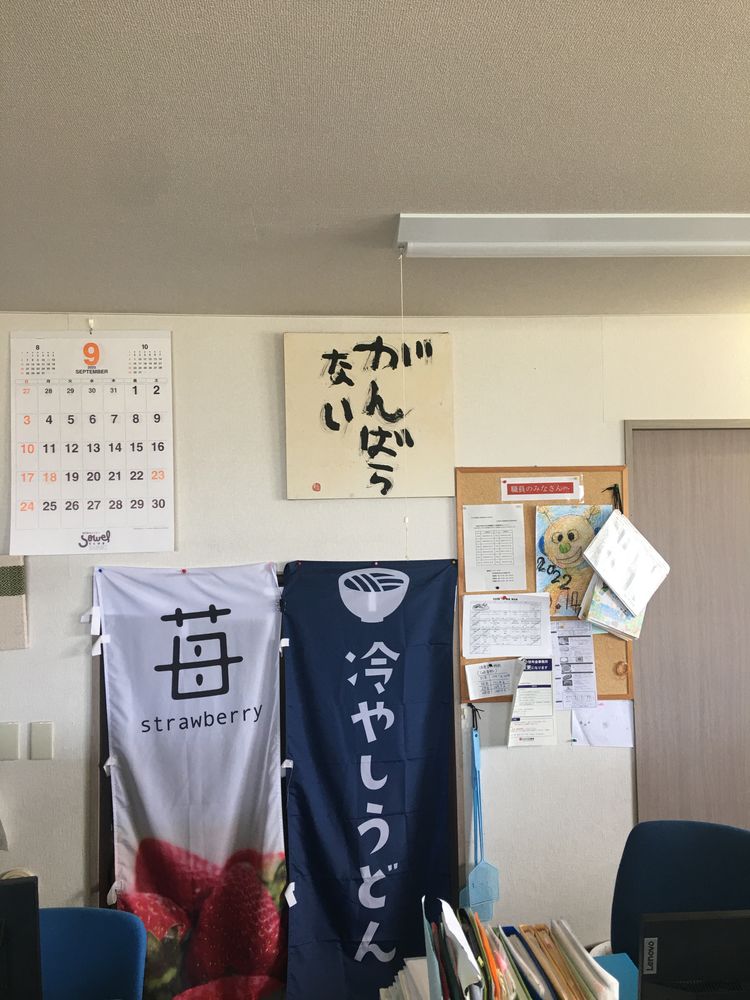Playing Jenga: Japan's Timber Trade
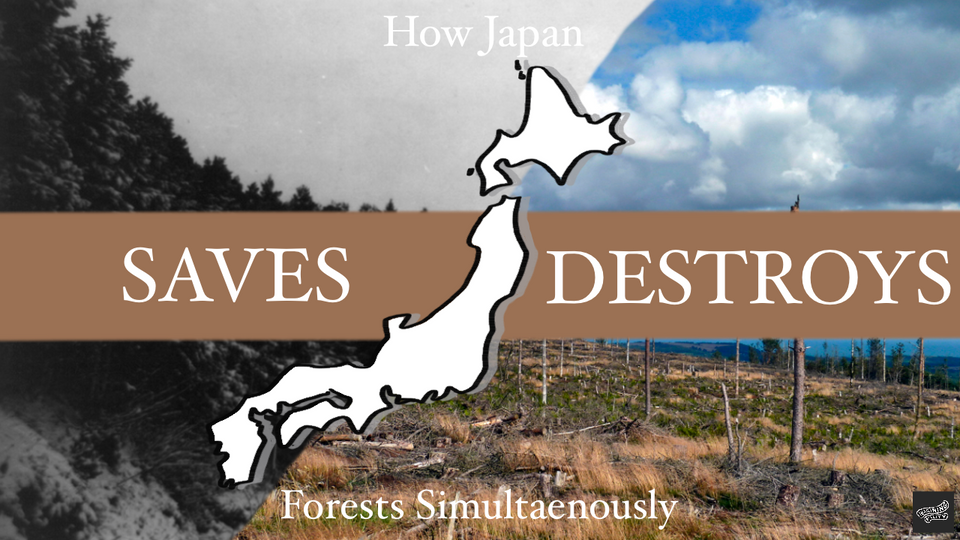
I recently made a video on this topic, so you can check it out here:
Japan is a beautiful island nation. Its incredibly diverse landscapes, deciduous forests, and a globally admired culture are at the center of its praise. Part of this admiration comes from the idea of Harmony (Wa, 和), and this harmony is often attributed to the nation's great success. As an example, the University of Tokyo (the most prestigious university in Japan), published an article titled "Creating a Society in Harmony with Nature" that claims:
"To say that the origin of Japanese values and culture lies in Japanese people's close relationship with nature would not be an overstatement."
One of Japan's main pride is its incredible forests. Since the 17th century, the national government has undergone incredible forest conservation efforts.
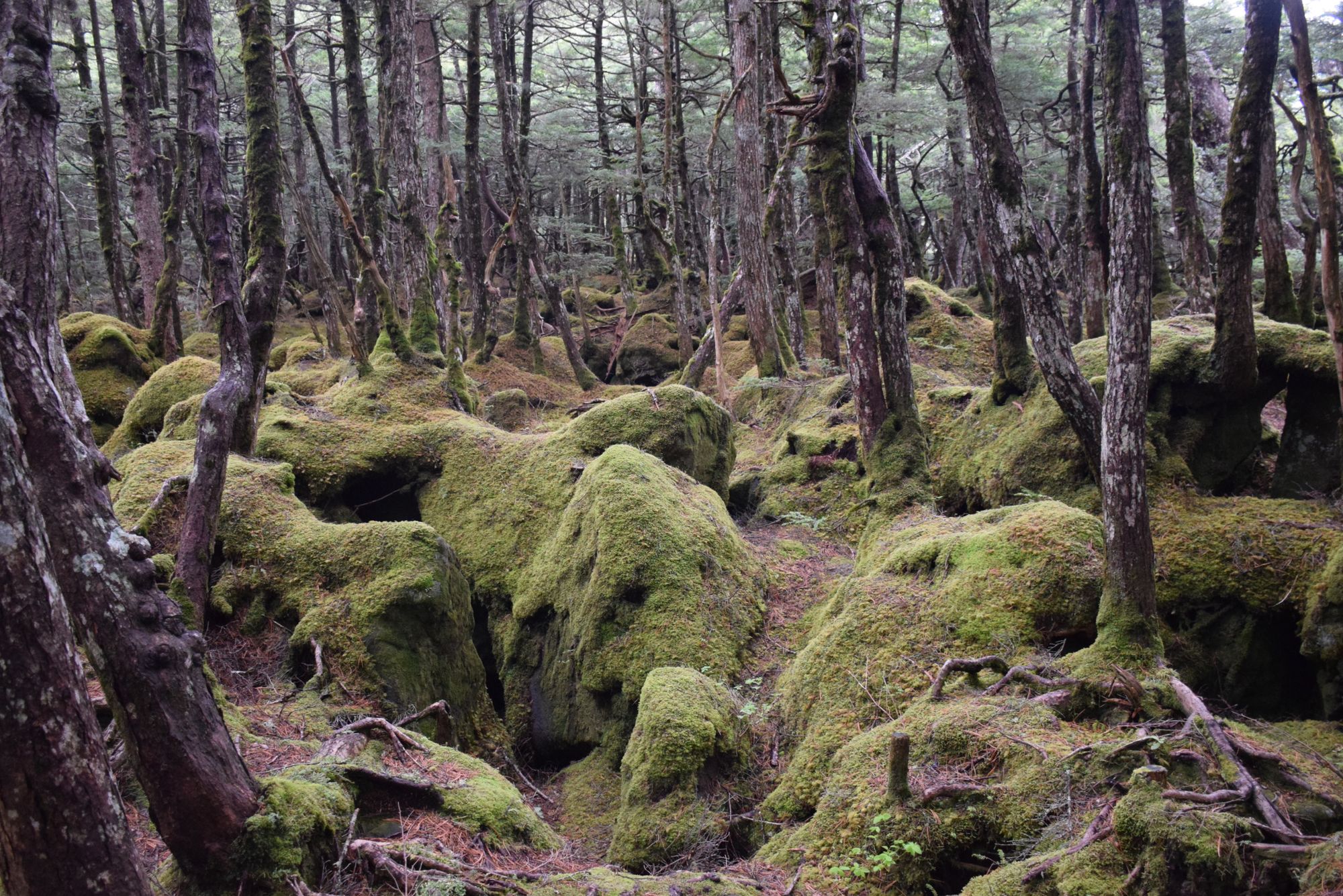
Due to such top-down activism, the nation continues to maintain a surprising level of forest coverage to this day. It is estimated that 68% of the entire nation is forested. Compare this to the global average of 30% and the overall trend for industrialized nations to have fewer forests, this becomes a center for great praise.
There are three main reasons often attributed to this level of forest coverage. First, as mentioned earlier, the culture seems to be living in harmony with nature. Second, Japan practices Silviculture, which is to treat trees as slow-growing crops. Therefore, the growth of trees is considered a crucial part of the well-being of the nation. Last, the nation is incredibly mountainous, making logging on steep hills very costly and difficult.
All of these are true, yet these raise the question – where does Japan get their wooden products from?
Well, from other countries! Japan is the largest importer of softwood logs and lumber in the world, and the 4th largest importer for all wooden products.
If that wasn't enough, Japan is the greatest importer of illegal timber.
Basically, Japan deforests other nations to maintain the grand forests on their island. The wooden planks used to construct the very house I am writing this in, come from nations like Malaysia, Indonesia, Russia, Ukraine, Romania, Papua New Guinea, and China. Now, how bad is it exactly?
Let's take Romania for example. Since the fall of the Soviet Union, the once communist nation of Romania went through a messy revolution (Watch the video below, it's a remarkable record of how quickly power crumbles). Ever since, corruption has been at the center of the Romanian political sphere.
Due to this, there has been a lot of investigations on corruption in various corners of the country. And one of such investigations looked into the amount of illegally logged timber within the nation.
In these investigations, they have concluded that between the years 2008 and 2014, 8.8 million m^3 of timber has been illegally foraged and processed. This amounts to an incredible 49% of the total timber cut down (Romanian National Institute of Statistics, 2014).
Yet here's the catch, a company named Holzindustrie Schweighofer bought close to 40% of the timber logged in Romania, and who were their most important client?
Japan.
Japanese companies bought 50% of all the sales Holzindustrie Schweighofer made, making them the "fuel" driving illegal logging and deforestation in Romania (EIA, 2016, 2018). Such negative impacts of Japan's timber trade can be seen in the other nations they conduct trade with as well (See Samejima, 2020 for example).
But this practice is not new. As mentioned briefly earlier – Japan has maintained incredible levels of forests since the late 17th century. During this time, Japan was just becoming unified as a nation for the first time in about 150 years. These 150 years consisted of almost constant war, being given the name "The Warring States Period" (戦国時代, Senngoku-Jidai).
Tokugawa Ieyasu was the leader to unify the nation under his power, beginning the Tokugawa Period that lasted for 265 years till 1867.
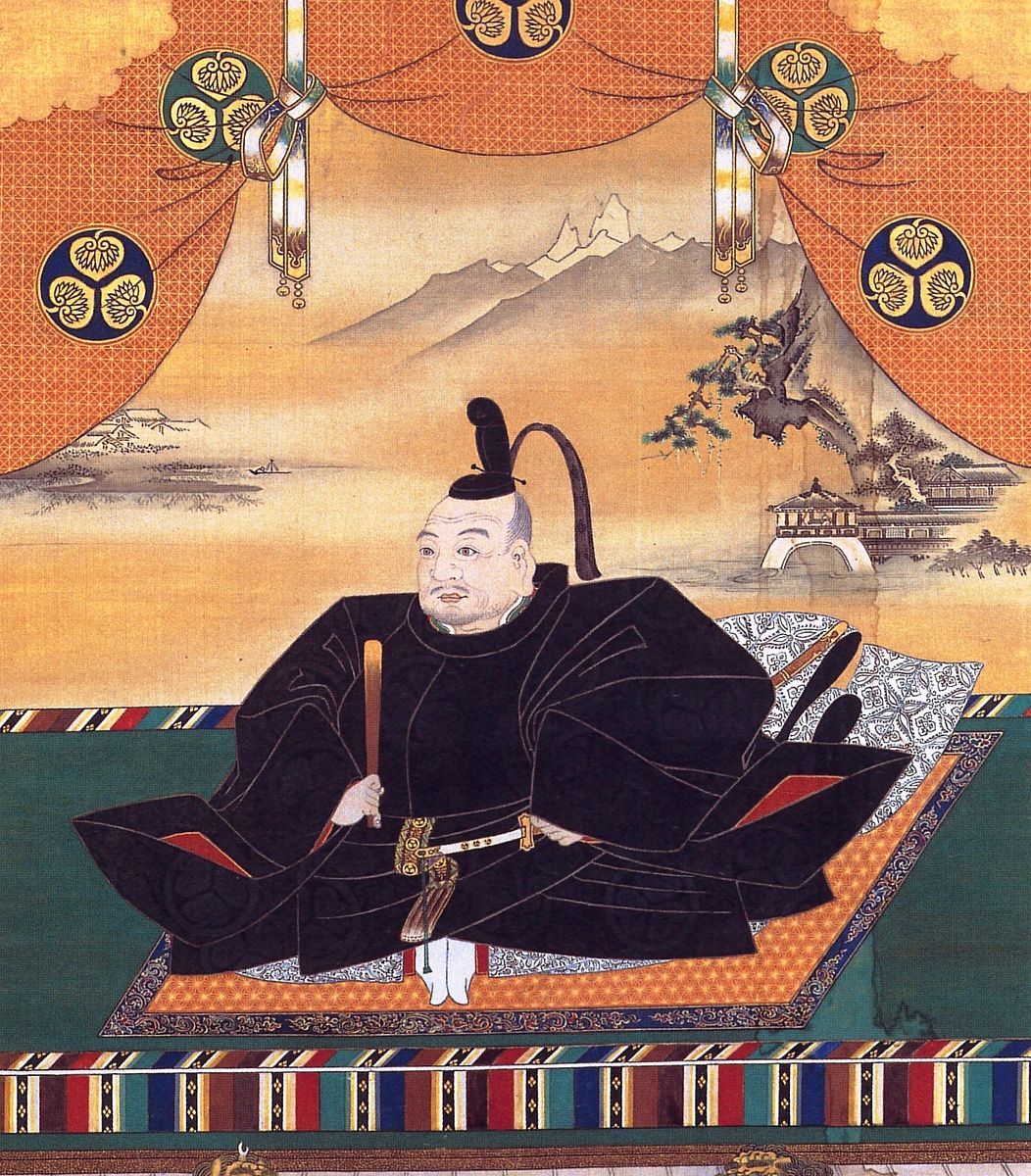
This sudden turn from constant war to peace brought an incredible boom in population. The population of Japan almost doubled from 18 million in 1600, to 30 million in 1720.
This rise in population also increased the consumption of trees, as the Japanese used trees to build houses, fertilizer, fuel, and others. All of such timber was extracted domestically, which quickly depleted the many forests on the island. Seeing the need for more trees, the leaders of the nation began to look elsewhere.
But before we move on, let me provide you with some background information.
- Some people more familiar with Japanese history may think that during the Tokugawa Period, Japan did not conduct trade with foreign nations. This is called "Sakoku" (鎖国), which translates to "closed country". However, this "closed country" policy was only directed to European traders – except the Dutch. The history can get complicated, but what's important to know is that Japan conducted high levels of trade with neighboring nations. Just not with many Europeans.
- The Japanese were yet to annex the northernmost island of Hokkaido. If you see in the map below, the square-shaped island on the top of Japan is now called Hokkaido. But this island was only taken over by Japan in 1869, and was previously referred to as "Ezo-chi" (蝦夷地), which translates to "Land of the Shrimp Barbarians".
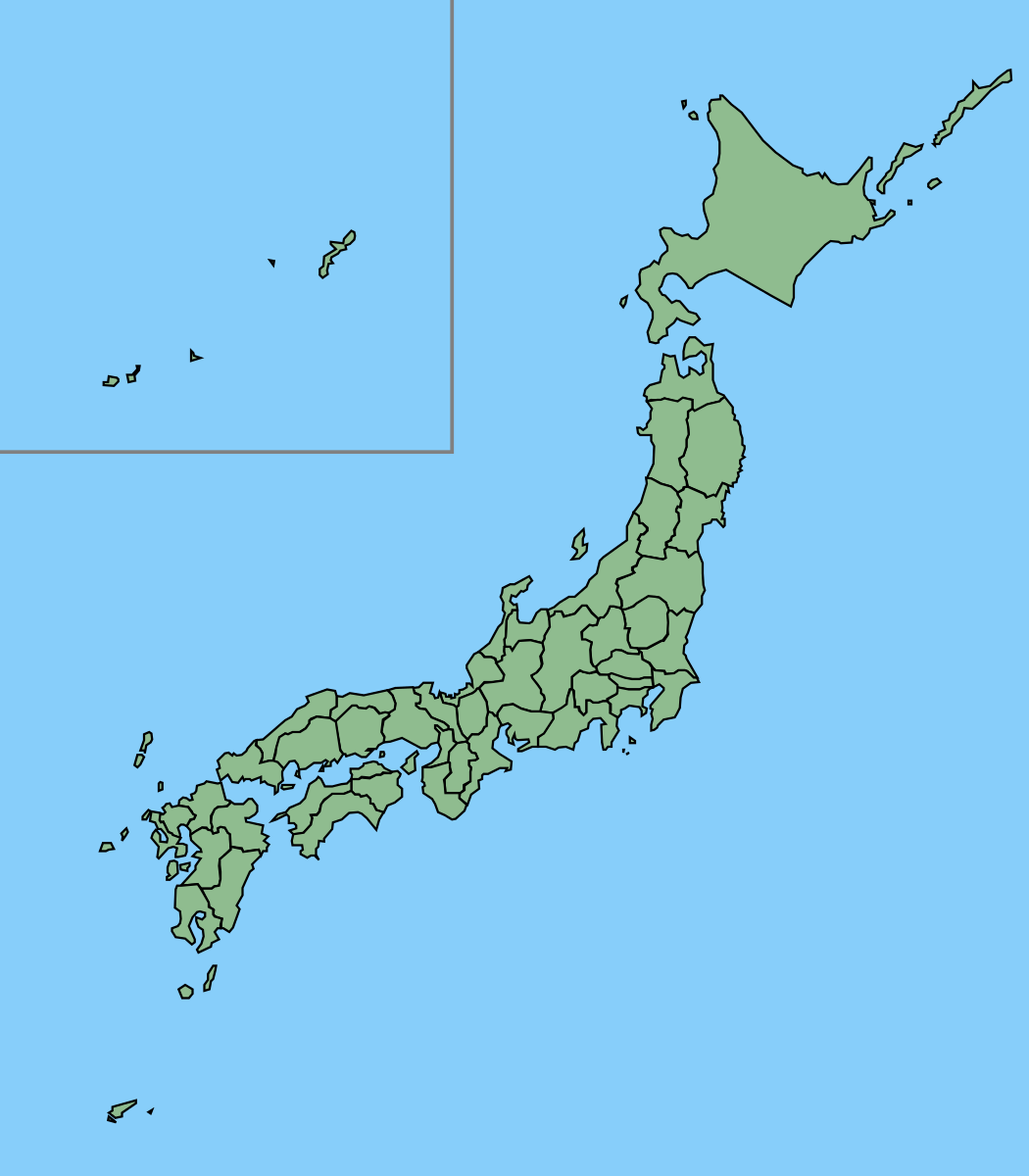
3. These so-called "Shrimp Barbarians" were the Ainu people, the earlier inhabitants of Hokkaido.
The Ainu were not only culturally, but also genetically distinct from the traditional Japanese you would imagine today. If an Ainu person walked down the street, most would not associate them with Japan, or possibly even as "Asian".
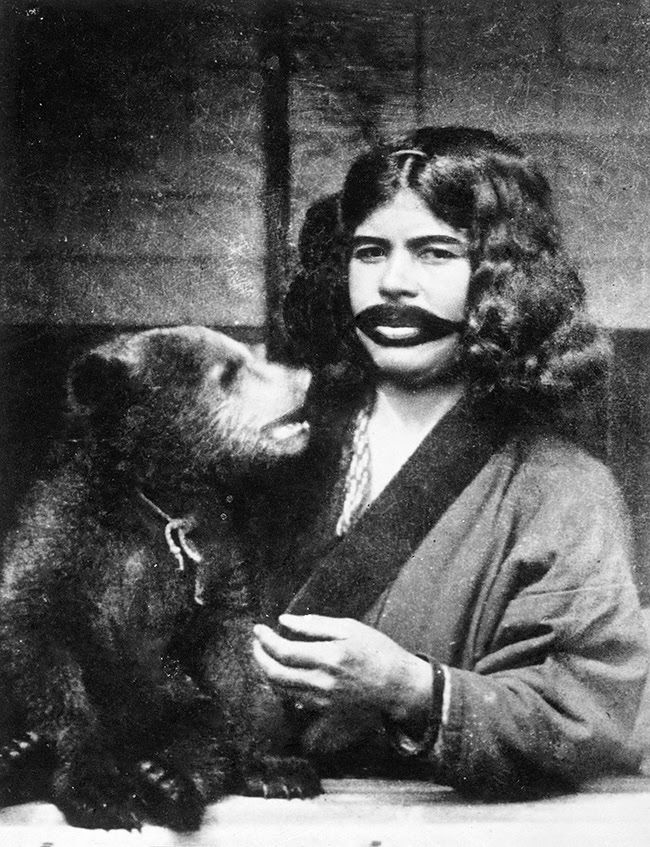
The Ainu were fishing hunter/gatherers, who conducted a wide-ranging trade from Hokkaido all the way to inland Asia. Here's a more extensive video about the Ainu, go check it out if you're interested!
Now, let's return to the trade and the growing Japanese population.
The Japanese were in grave need to offset the wood consumption elsewhere, and the Ainu were the perfect group to do so.
There was an already well-established trading relationship that began in the 12th century, and over the years of conflict, many southern Ainu groups came to be dependent on the Japanese for sustaining their lives.
As the resources on the Japanese mainland grew scarce, a flood of Japanese merchants and magistrates entered the Ainu land. This disrupted their lifestyle, culture, and natural habitat in less than a century.
This no longer was trade, but straight-up exploitation. There are unbelievable accounts of abuse, rape, murder, and disease such as syphilis and smallpox spreading like wildfire among the Ainu.
Due to such exploitation, Japan was able to reverse its depleting forests and build a dense and globally admired island full of trees.
As seen in the example of Romania and the Ainu, Japan is able to maintain its highly wood-dependent lives and dense forests by exploiting foreign lands.
It's startling to see the historic parallels of the deteriorating lives of the Ainu, and see similar practices being conducted today.
However, the bleak future is not limited to these periphery nations.
Japan – and many over import-dependent nations – are playing Jenga. As these foreign resources begin to grow scarce, the mighty tower of these nations may tumble.
Just a few days ago, on July 12th, a Japanese media outlet reported the "Wood Shock" occurring across the globe, as the foreign timber supplies dwindle. This "wood shock" describes the spike in the price of timber, altering and destabilizing the housing market that continues to rely on cheap, illegal, foreign timber. Diving into the economic impact of this phenomenon is a lengthy and complex one, but the residual economic and ecological impact of this "wood shock" is something to be aware of.

To conclude, such parallels may evoke a fearful future for some, or others may completely disregard such historic parallels. But to borrow from Jared Diamond, a geographer who studied historic societal development and its collapses, he says:
"...It is not a question open for debate whether the collapses of past societies have modern parallels and offer any lessons to us. That question is settled, because such collapses have actually been happening recently, and others appear to be imminent. Instead, the real question is how many more countries will undergo them" (Diamond, 2005: 517).
This is an ethical question. It is in the hands of humans to decide who, what, and how other nations will fall.
![[Guest Post] Exploring Colonial History through Art](/content/images/size/w750/2023/11/graphite-island-banner.png)
